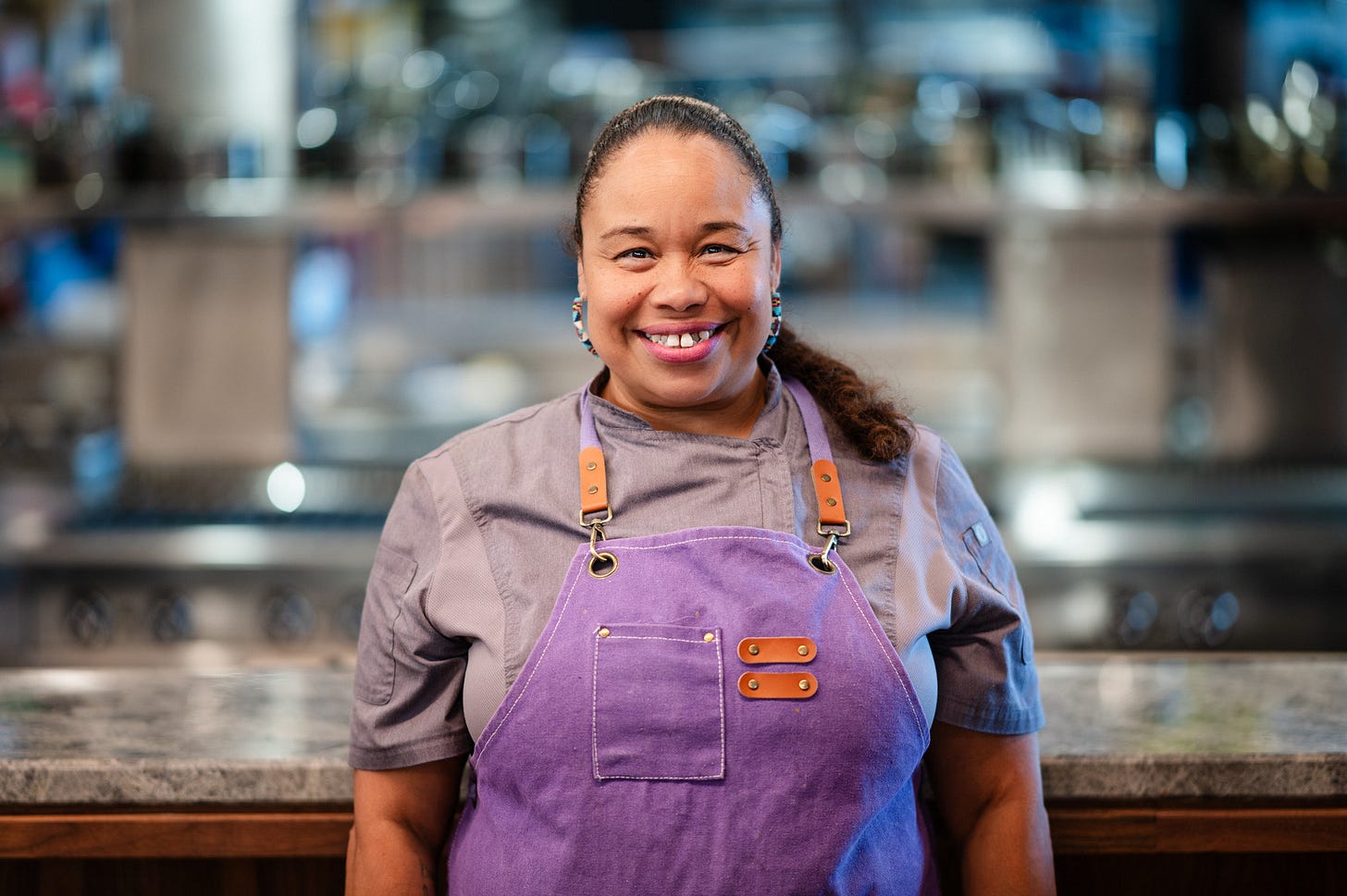Black Indigenous Chefs Are Reclaiming Identity Through Food — One Dish at a Time
Black Native food workers are passing down culinary traditions, restoring lost connections and feeding body and soul.
The Indigenous food movement has seen a renaissance in North America, with restaurant openings, cookbook releases and community initiatives that announce the presence, expertise and heritage of Indigenous food workers. Amidst this moment, Black Native food workers have seen both the beauty and the har…
Keep reading with a 7-day free trial
Subscribe to ContrabandCamp to keep reading this post and get 7 days of free access to the full post archives.




